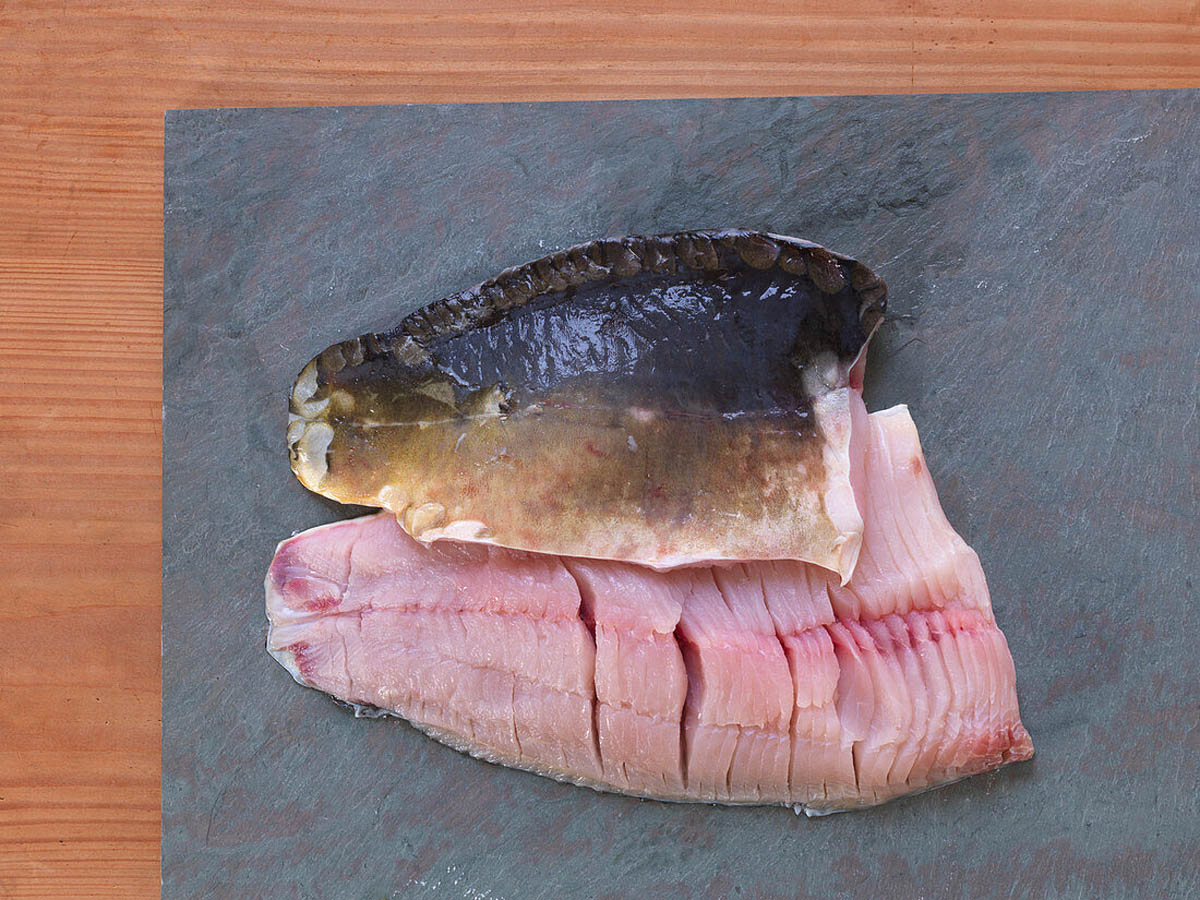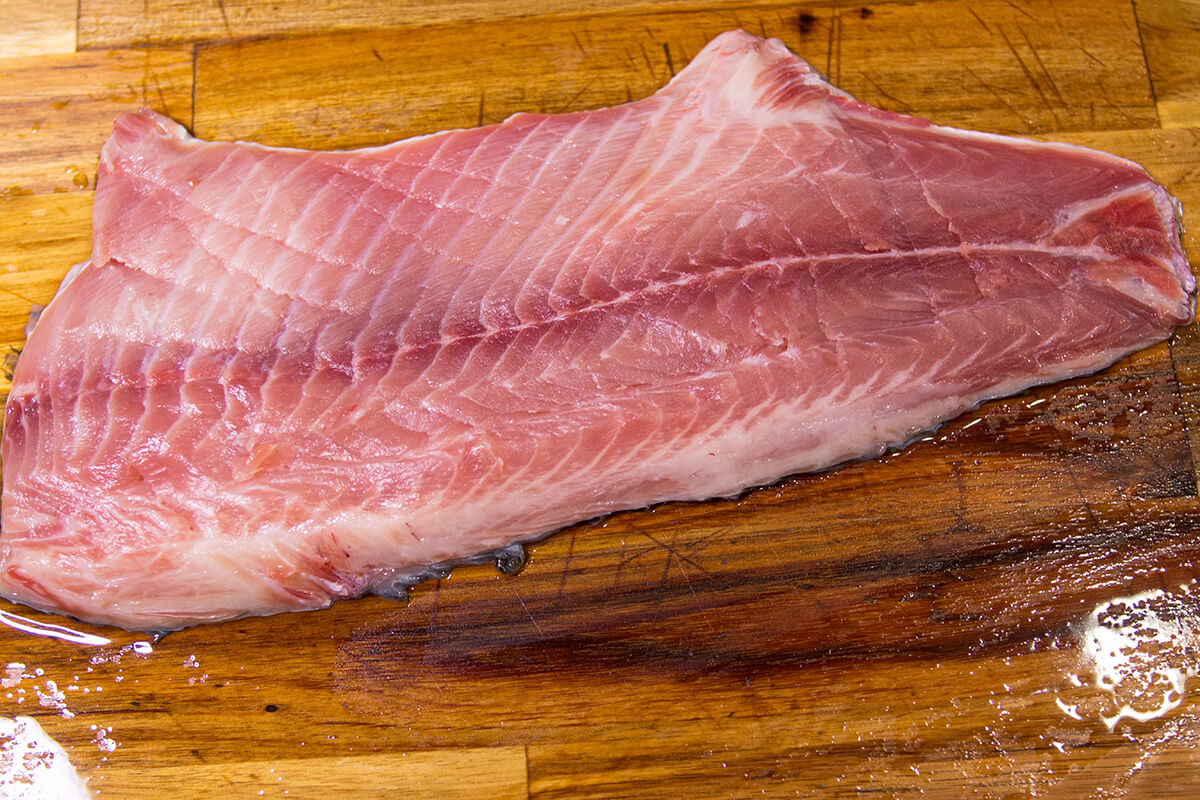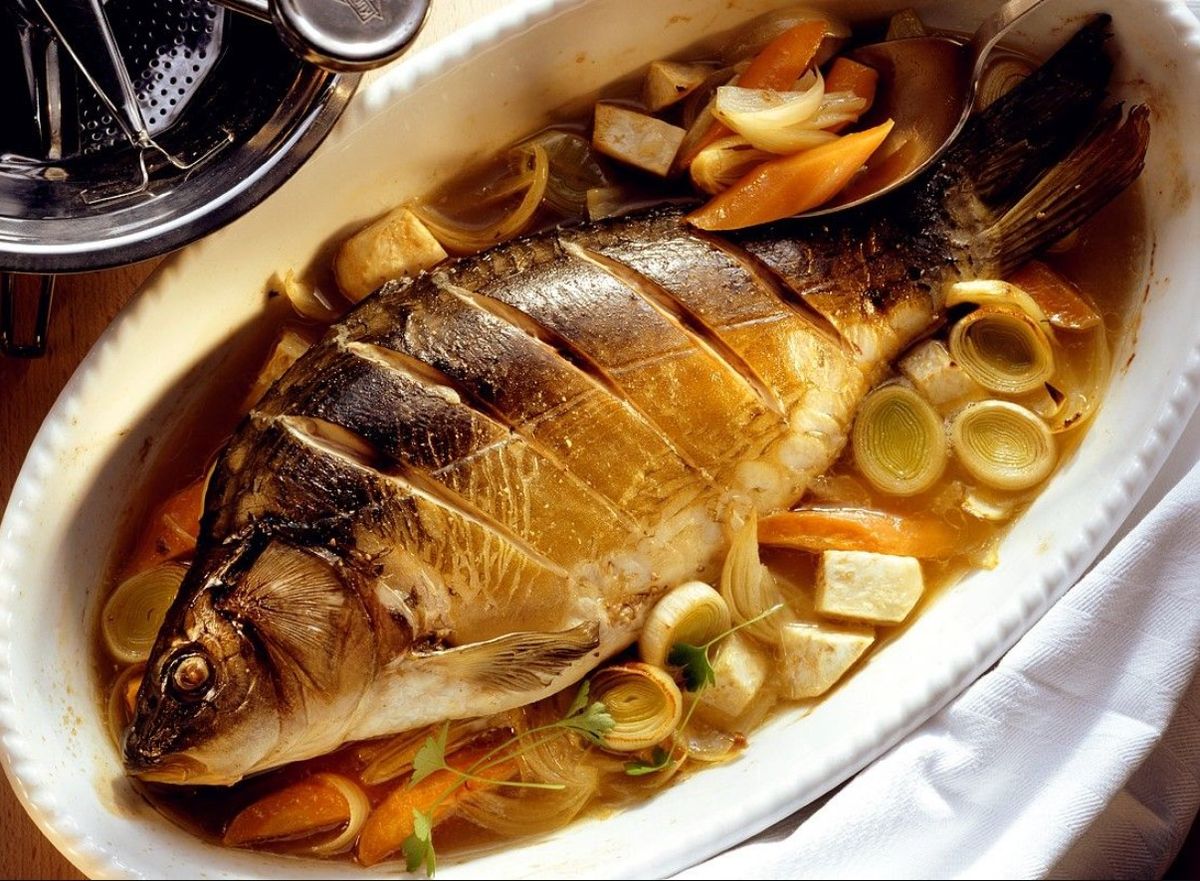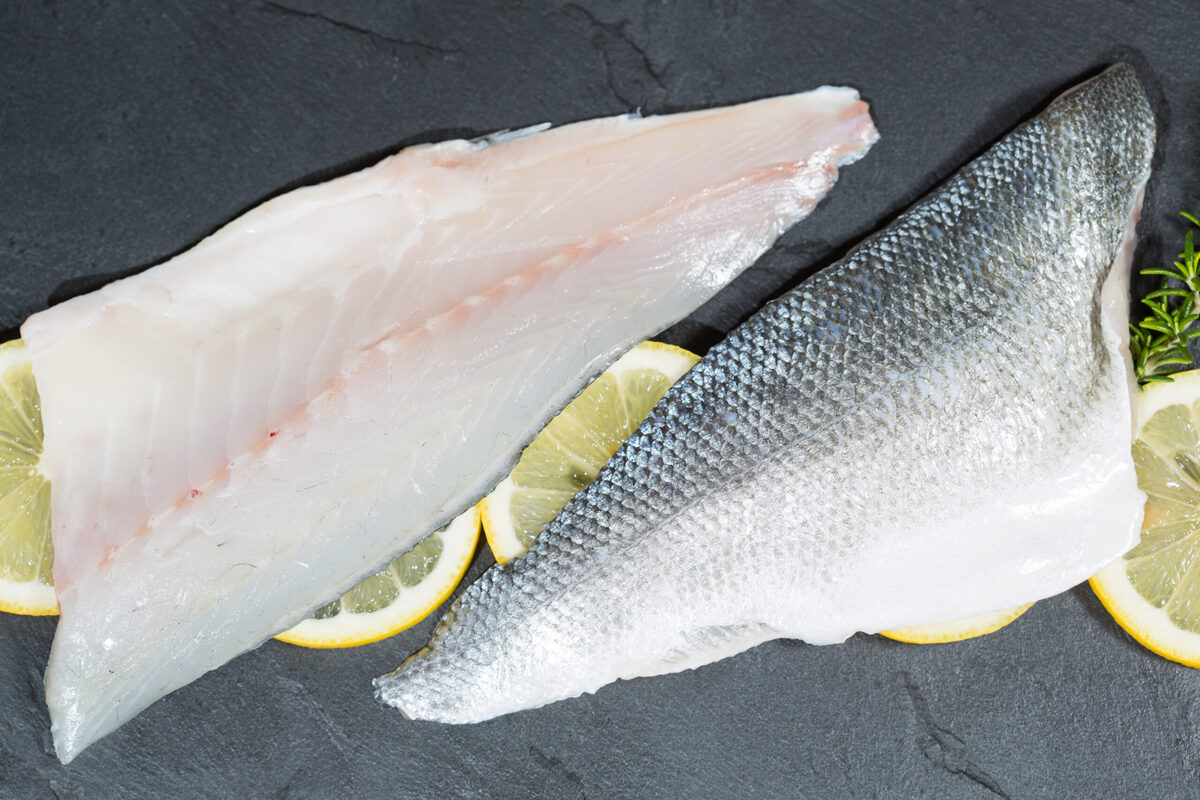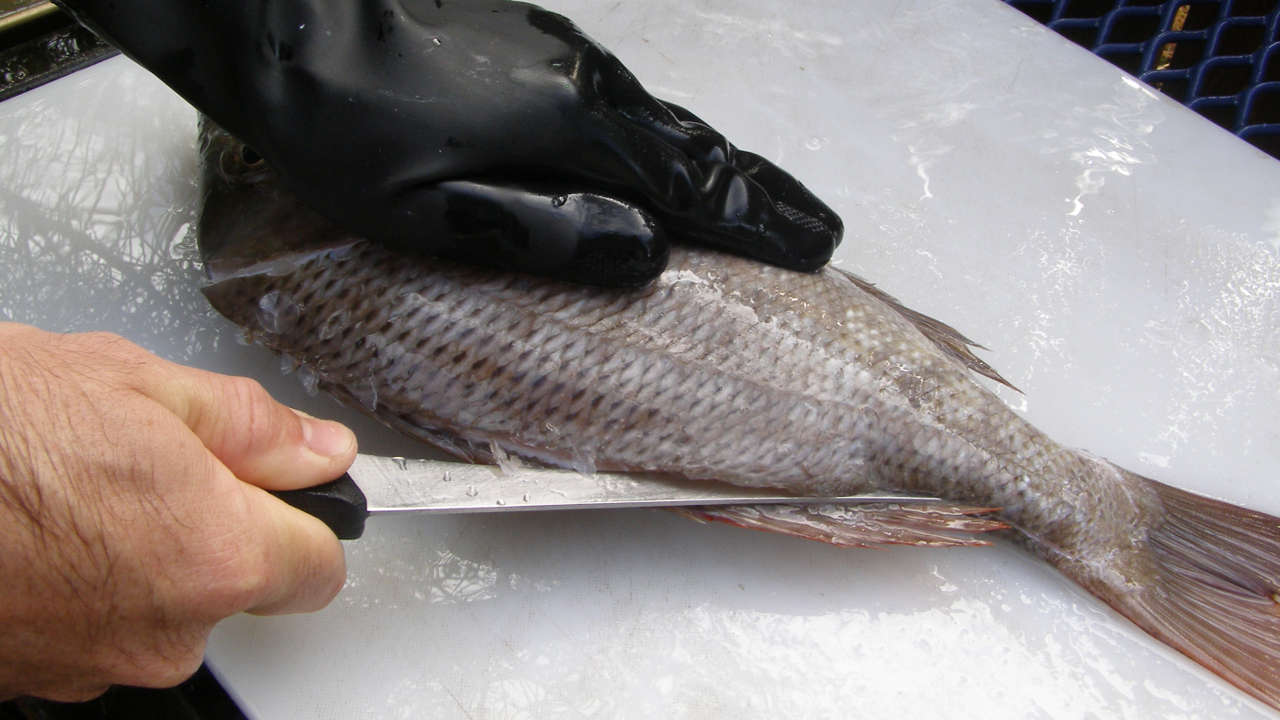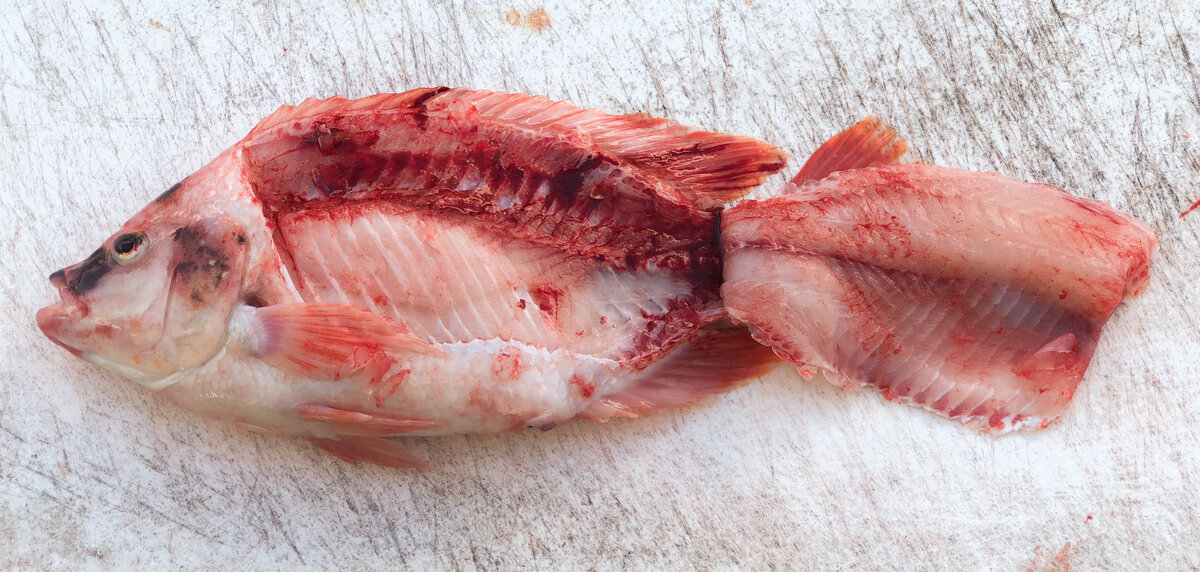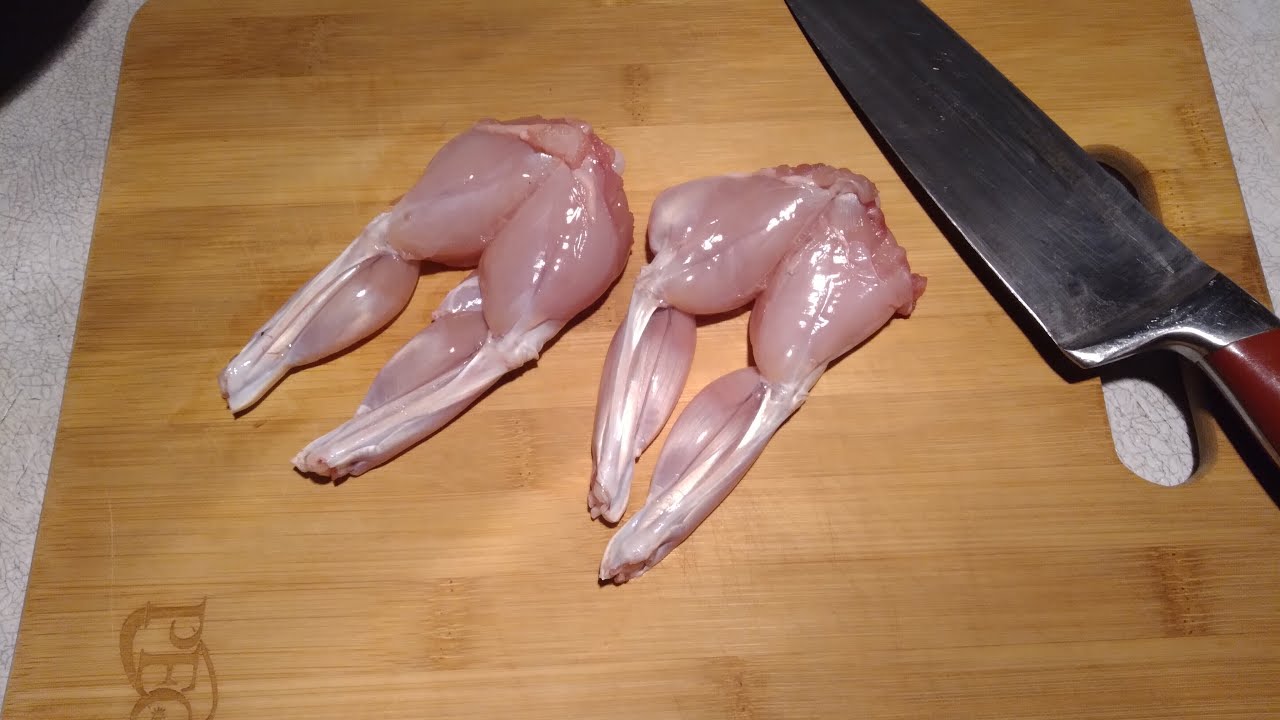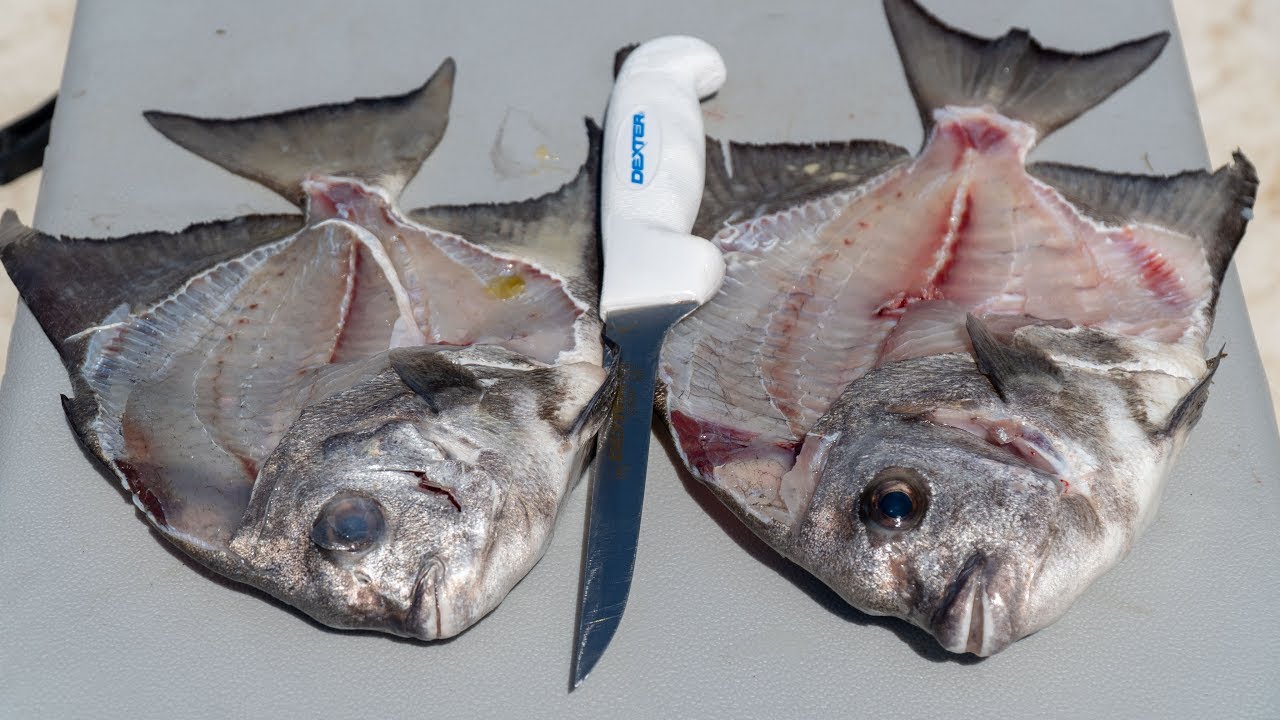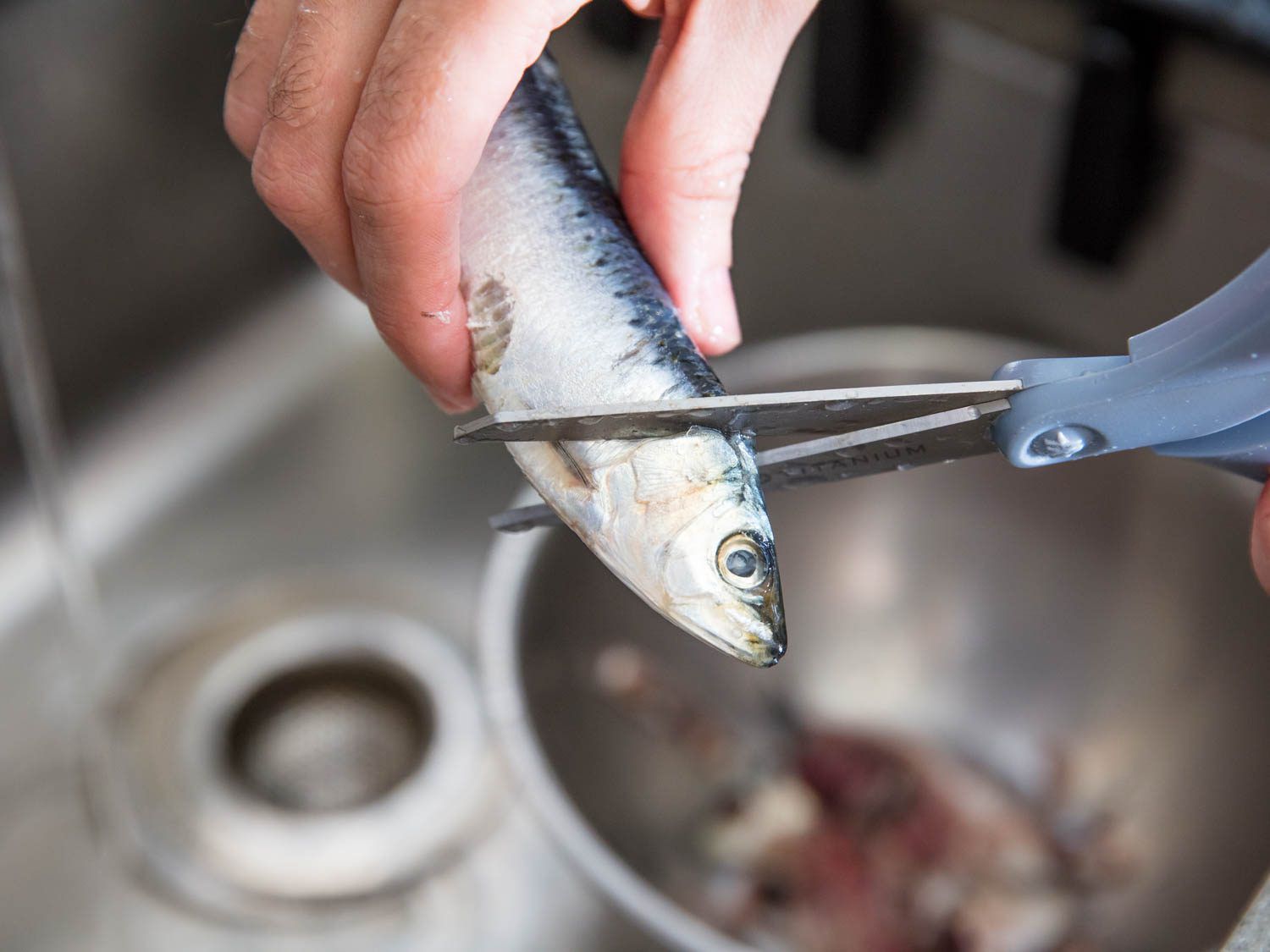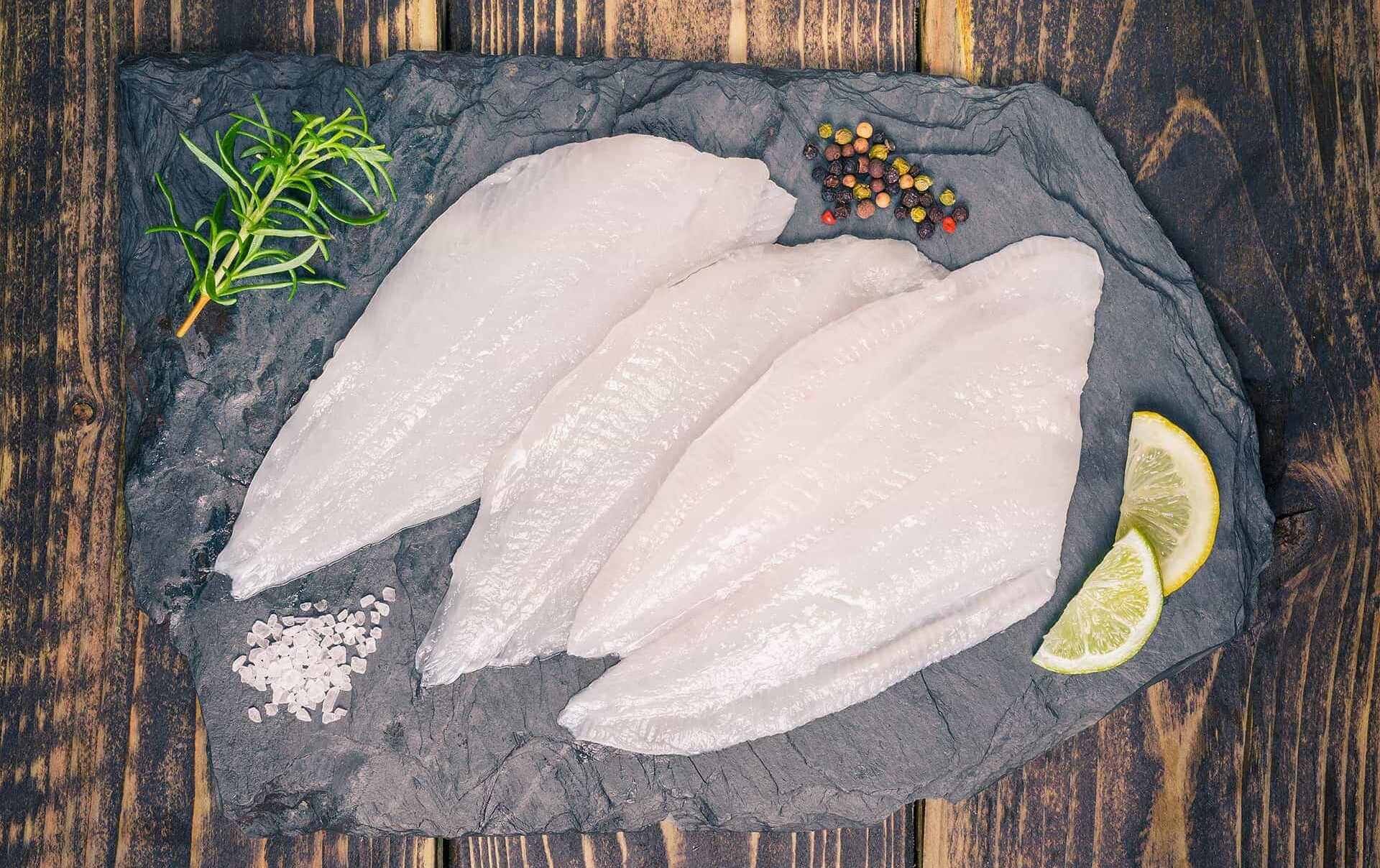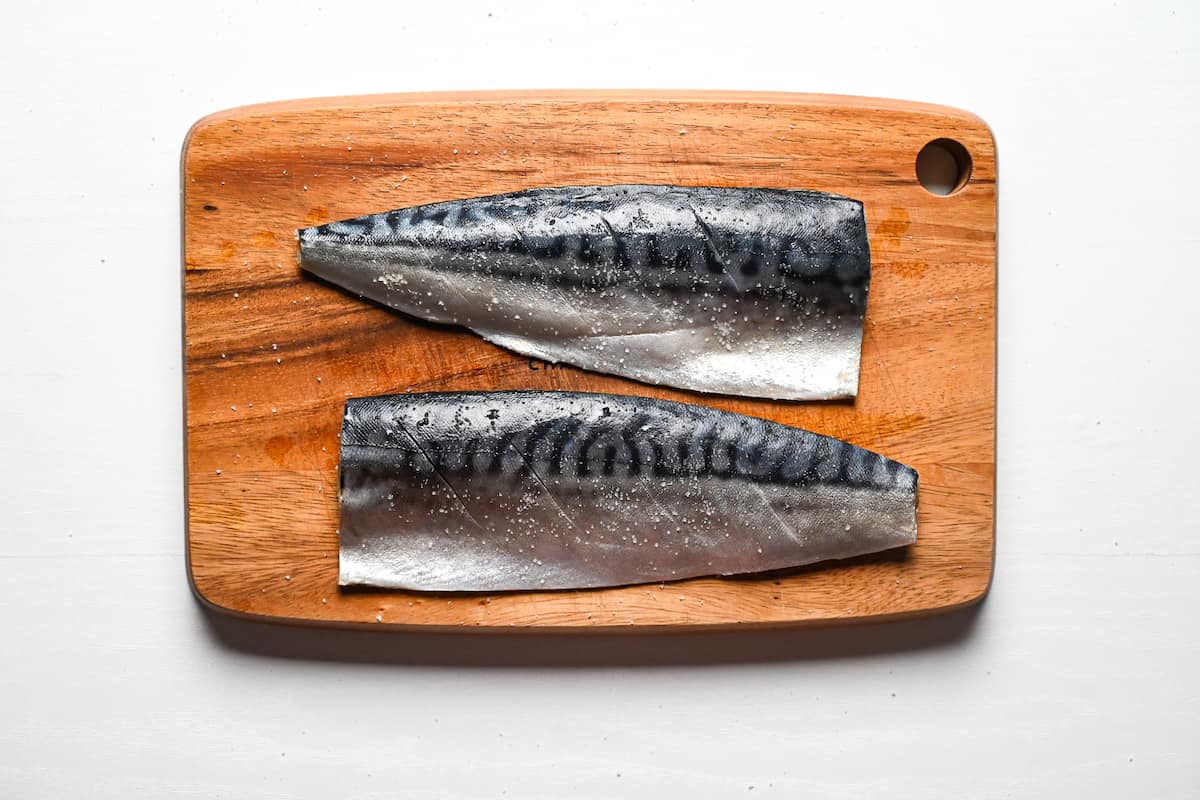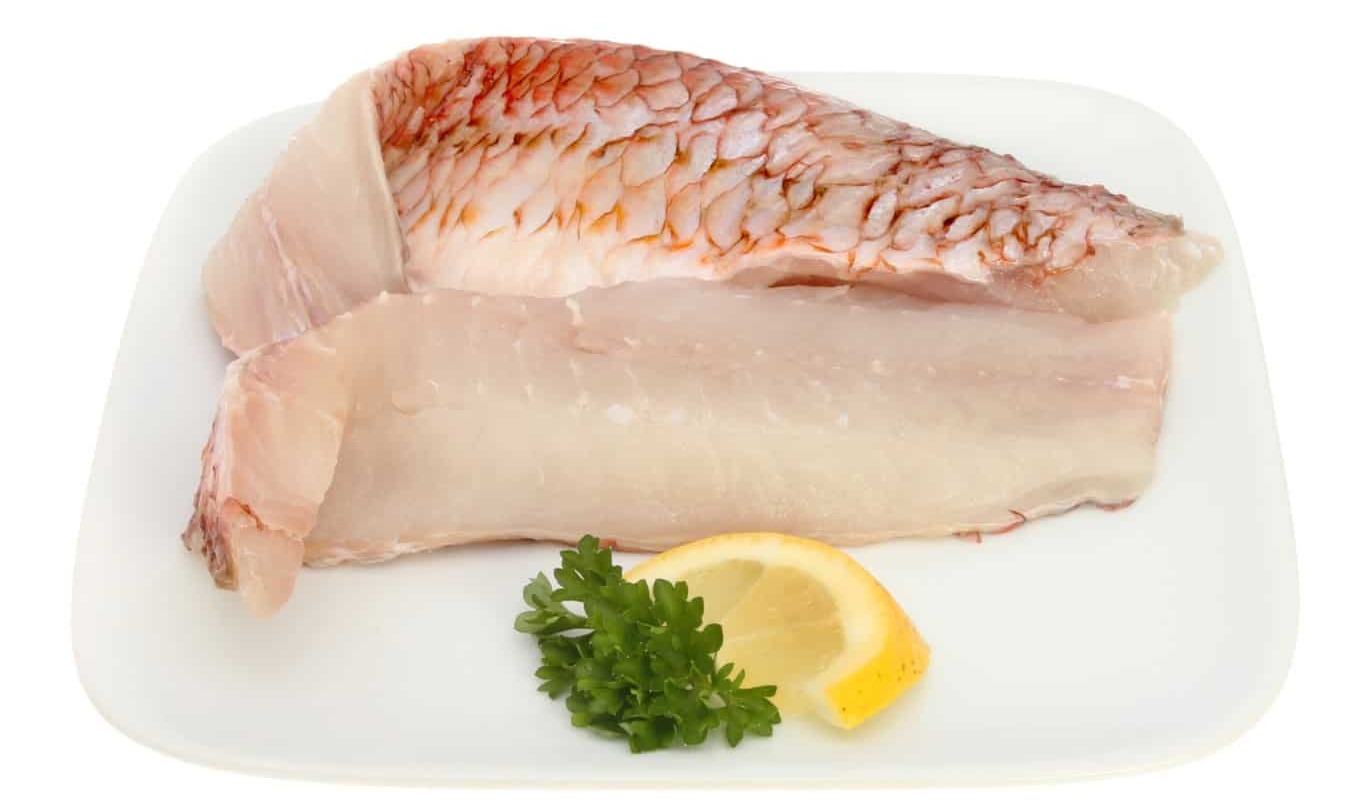Step-by-Step Guide on How to Fillet Carp
Filleting a carp may seem like a daunting task, but with the right technique and a bit of practice, it can be a rewarding experience. Whether you’re a seasoned angler or just looking to try something new, learning how to fillet carp can open up a world of culinary possibilities. Follow these simple steps to master the art of filleting carp.
1. Gather the Necessary Tools
Before you begin, make sure you have the right tools for the job. You will need a sharp fillet knife, a cutting board, and a pair of kitchen shears. Having a pair of gloves can also be helpful for maintaining a good grip on the slippery fish.
2. Prepare the Carp
Start by placing the carp on the cutting board. Use the kitchen shears to remove the fins, being careful to avoid any sharp spines. Next, make a small incision just behind the gills and cut down to the backbone. This will allow you to remove the head, which can be discarded.
3. Make the Initial Cuts
With the carp now headless, it’s time to make the initial cuts for filleting. Begin by running the fillet knife along the dorsal fin, cutting down to the backbone. Then, carefully slice along the spine, working your way towards the tail. Take your time and use smooth, steady strokes to ensure clean cuts.
4. Remove the Fillet
Once you have separated the fillet from the backbone, flip it over and repeat the process on the other side of the fish. You should now have two large fillets, one from each side of the carp. Use the fillet knife to carefully remove the skin from each fillet, taking care to preserve as much of the meat as possible.
5. Trim and Clean the Fillets
Inspect the fillets for any remaining bones or dark meat, and trim away any unwanted parts. Rinse the fillets under cold water to remove any residue, and pat them dry with paper towels. Your carp fillets are now ready to be cooked and enjoyed!
Learning how to fillet carp is a valuable skill that can enhance your fishing experience and culinary repertoire. With practice, you’ll become more efficient and confident in your filleting abilities, allowing you to make the most of your catch. So, the next time you reel in a carp, don’t hesitate to try your hand at filleting and savoring the delicious results!
Happy filleting!
Using the tips from the carp filleting guide, readers can easily try out a variety of recipes. Imagine grilling up some Lemon Herb Grilled Carp Fillets for a fresh and zesty meal that's perfect for summer. Or, for a comforting dish, Carp Chowder with Corn and Potatoes can be a warm and hearty option. Those looking for a bit of a kick might enjoy the Carp Fillets with Cajun Spices, which brings a burst of flavor to the table. And for something unique, Carp Tacos with Fresh Salsa offer a delightful twist with vibrant, fresh ingredients. These recipes not only highlight the versatility of carp but also allow home chefs to experiment with different flavors and cooking styles, making mealtime exciting and delicious.
